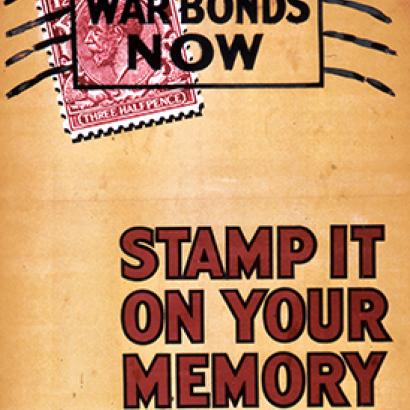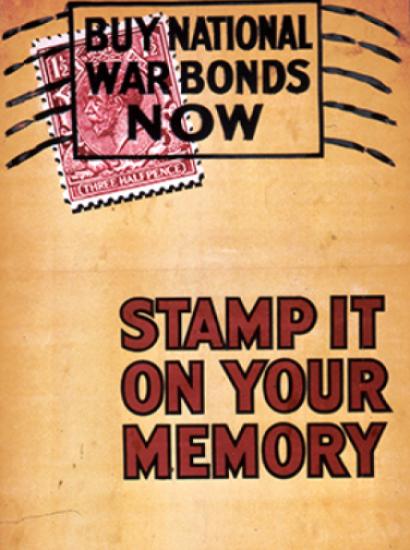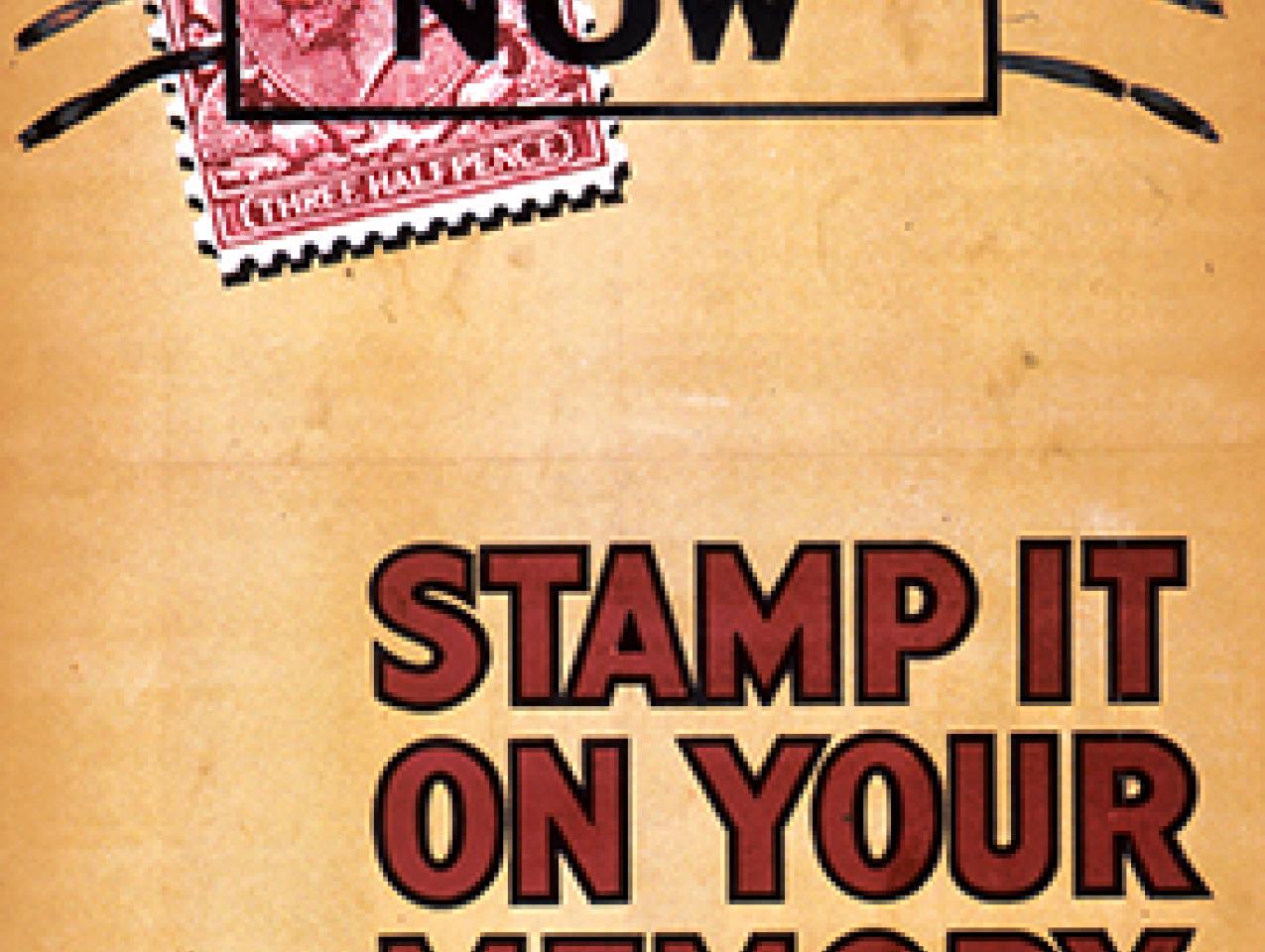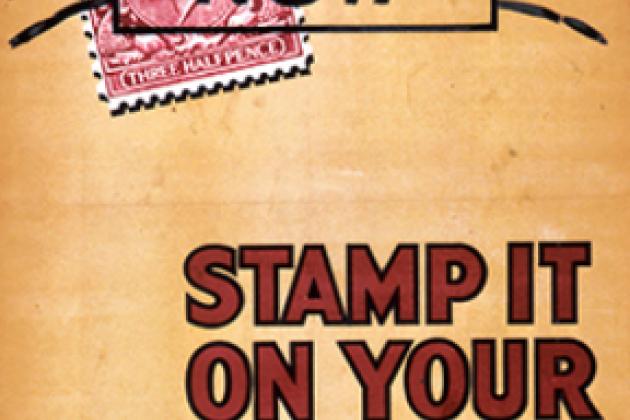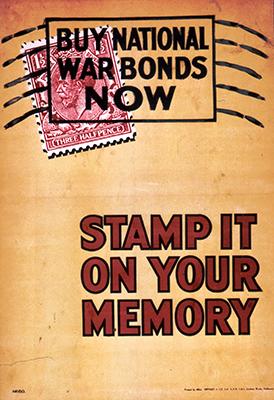- History
- Military
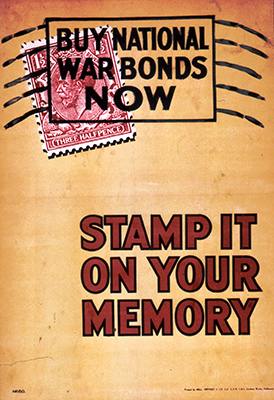
The Royal Mail in Britain is often held up as an example of meticulous accuracy and research, but not this month when it got its military history so disastrously wrong as to announce a new stamp purportedly showing Allied soldiers wading ashore in Normandy on D-Day when in fact the photo depicted an unopposed landing in Dutch New Guinea.
It is of course commendable that eleven new stamps should be released for the 75th anniversary of D-Day in June, but when the Royal Mail announced that it would be using “images from the day itself” to create “a timely commemoration of all those who participated” it was unwittingly setting itself up for widespread ridicule. One of the stamps which was captioned “Allied soldiers and medics wade ashore” in fact was of American troops carrying stretchers from a landing craft at Sarmi, Dutch New Guinea on May 17, 1944. The featured ship, an LCI-30, did not even take part in the Normandy landings. The image seems to have been downloaded from the excellent website of the superb National WWII Museum in New Orleans, where it was correctly attributed.
“It’s quite shocking really,” Paul Woodadge, a respected British D-Day historian and battlefield guide who lives in Normandy, has said. “It’s going to be the 75th anniversary of D-Day—the last one where there’s any veterans around who will remember it. These stamps are the kind of thing people will buy for their fathers and grandfathers.”
Yet although such a snafu might have been shocking even only a few years ago, the level of ignorance about the details of the Second World War no longer shocks most historians. Surveys appear regularly that reveal that young people today barely have any background knowledge about who was who in that conflict, or even which side some countries were on. (Which is obviously complicated by the fact that some countries like Russia, France, and Italy changed sides; in France’s case twice.)
In a survey of 3,000 British teenagers in 2008, no fewer than 20% thought Winston Churchill was a fictional character. (In the same survey, 58% thought Sherlock Holmes and 47% thought Eleanor Rigby were real people.) This is the result of thirty years of relentless opposition from the educational establishment to the teaching of Great Men and Women in British schools. It is likely that if the same survey were conducted again, eleven years later, the proportion would be even higher. Small wonder, therefore, that someone at the Royal Mail managed to mistake one WWII amphibious landing for another, even though they were taking place 8,500 miles from each other.







